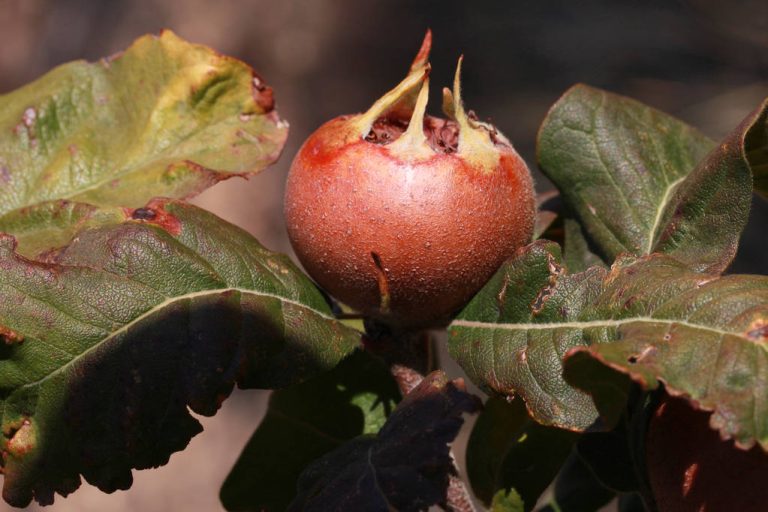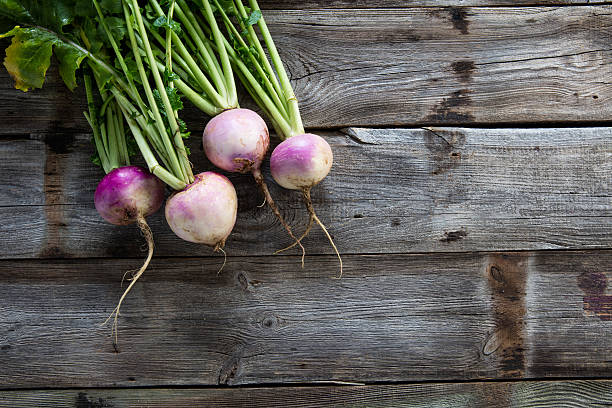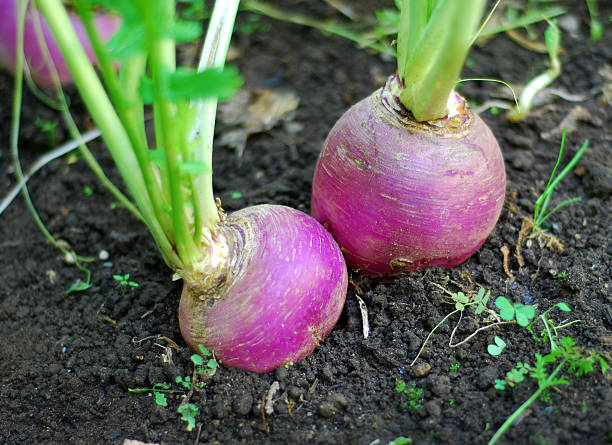The medlar fruit was widespread in Germany in the Middle Ages – today it is almost forgotten. You can cook delicious jams and jellies from the pectin-containing medlar fruits.
Despite the similar name, medlars have nothing to do with mistletoe: They are trees a few meters high that bear fruit in autumn. The medlars originally come from the Near East. They spread across large parts of Europe well into the Middle Ages – and even found their way into German gardens. The trees are almost exclusively found there today as ornamental trees, as they bloom white in late spring. Medlars are now mainly cultivated in East Asia.
If the medlar fruits reach us at all, they have usually come a long way. Their CO2 footprint is correspondingly bad. With luck you can also get medlar fruits from Central Europe, for example from France. Or you can plant a medlar tree yourself. It likes a sunny and sheltered position and likes nutrient-rich soil that is not too moist and not too calcareous. Otherwise, the medlar is undemanding and rewards you with delicious fruits.

The medlar fruit: A late fruit
The medlar fruit ripens late in the year: the round fruit, which is a few centimeters in size, only begins to ripen in October. You can recognize them by their brownish color and the dried remains of the flower, which are crown-shaped at the lower end of the fruit.
In November, when it starts to get cold and freeze at night, you should harvest the medlar fruits. Whether they can only be harvested after the first frost is controversial. After the harvest, the medlars have to ripen for a few more weeks. Only then are they doughy, soft and aromatic. To ripen, you can place the medlar fruits in a straw-lined fruit box in a cool room. Avoid stacking them.
Medlars used to be popular because they are very healthy. The main reason for this is the tannins it contains, which are said to help against indigestion. This also applies to pectin – the medlar fruit has plenty of fiber. It also contains many minerals, especially potassium.
The medlar fruit in the kitchen
You can eat the ripe medlar fruit raw: cut it open and remove the pits. Then you can scoop out the doughy-soft flesh. It tastes slightly sour and is reminiscent of figs or dates.
The medlar fruit is even better in jams, jellies and compotes because it contains a lot of pectin. You can use the medlars on their own or combine them with apples, pears or quinces. Below is a suggestion on how to process the medlar fruits.





